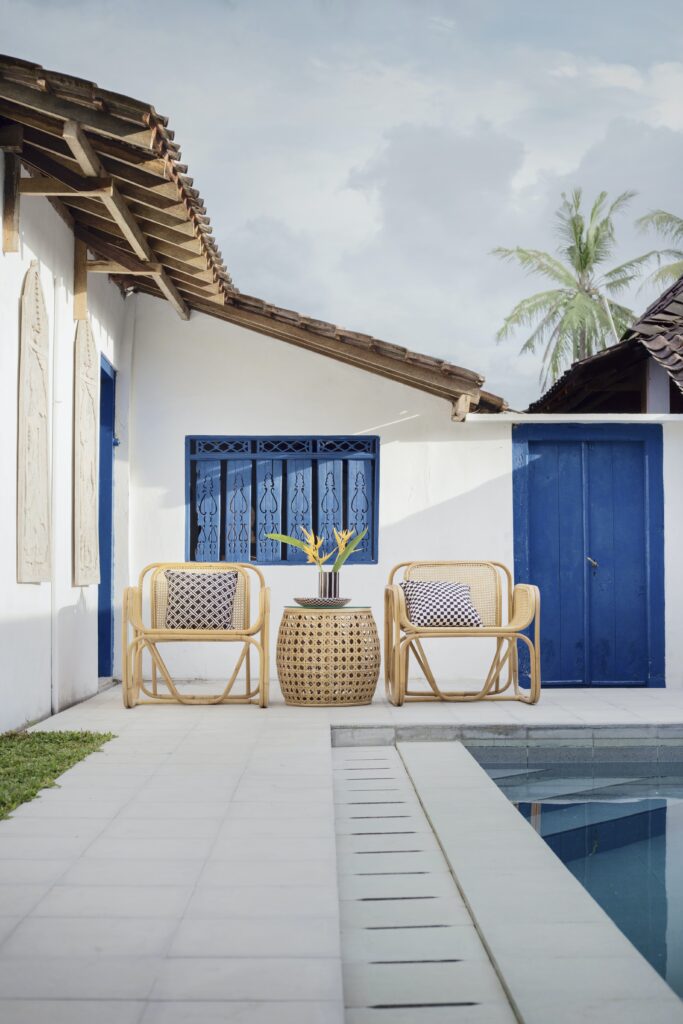
Curious about how design trends vary across different regions? Look no further for some insight into the fascinating world of design! From home interiors and residential styles to house inspirations and homestyle designs, each region has its own distinct flavor when it comes to design preferences. Whether it’s the sleek minimalism of Scandinavian design or the vibrant colors of Mediterranean style, exploring how different cultures and locations influence design choices is a captivating journey. So, buckle up and prepare to be transported around the globe as we delve into the intriguing question: How do design trends differ by region? Let’s get started!
How Do Design Trends Differ By Region?

Introduction
Design trends play a significant role in shaping the aesthetics of our homes. From furniture choices to color schemes, every element of design reflects our personal style and preferences. However, design trends can vary greatly from one region to another. Factors such as culture, climate, and lifestyle influence the way people decorate and design their homes. In this article, we will explore how design trends differ by region and how these variations add diversity and uniqueness to the world of design.
Design Trends in North America
North America is a vast region with diverse design trends that cater to various preferences. In the United States, the design trends vary from coast to coast. In the bustling cities of New York and Los Angeles, contemporary and minimalistic designs are popular. Clean lines, neutral colors, and open living spaces dominate the urban landscape. On the other hand, in the southern states, traditional and rustic designs take center stage. Warm, earthy tones, reclaimed wood, and vintage furniture create a cozy and inviting atmosphere.
In Canada, design trends also vary between provinces. In the west, where the natural landscape is abundant, designs often incorporate elements inspired by nature. Large windows, natural materials, and an emphasis on sustainability are key characteristics of Western Canadian design trends. In the east, traditional and elegant designs are predominant, with influences from European aesthetics. Classic furniture, ornate details, and rich colors create an air of sophistication in homes across the eastern provinces.
Design Trends in Europe
Europe is a continent known for its rich history and diverse cultures. Design trends in Europe differ from country to country, reflecting the unique heritage and traditions of each nation. Scandinavian design, originating from countries like Sweden and Denmark, is characterized by simplicity, functionality, and a minimalist approach. Light colors, natural materials, and clean lines make Scandinavian design highly sought after for its timeless elegance.
Moving south to countries like Italy and Spain, design trends become more opulent and expressive. Mediterranean influences can be seen in homes across these regions. Warm colors, intricate details, and luxurious finishes create a vibrant and inviting atmosphere. In France, a blend of classic and contemporary design can be observed. French homes often feature antique furniture pieces alongside modern elements, creating a harmonious balance between the old and the new.
Design Trends in Asia
Asia is a continent renowned for its rich cultural heritage and diverse design traditions. In countries like Japan, design trends are deeply rooted in simplicity, harmony, and nature. Japanese homes emphasize a minimalist approach, with an emphasis on clean lines, natural materials, and serene spaces. The concept of “wabi-sabi,” which appreciates the beauty of imperfection and transience, is also a fundamental principle in Japanese design.
Moving to Southeast Asia, tropical design trends dominate the region. With a warm climate year-round, homes in countries like Thailand and Indonesia often incorporate indoor-outdoor living spaces. Open layouts, lush gardens, and vibrant colors create a paradise-like atmosphere. Balinese-inspired design, with its focus on natural materials and traditional craftsmanship, has gained popularity worldwide for its tranquil and exotic appeal.

Design Trends in Africa
Africa is a continent rich in cultural diversity, and this diversity is beautifully reflected in its design trends. In North Africa, Arab and Islamic influences shape the aesthetics of homes. Intricate geometric patterns, vibrant colors, and ornate details create a visually striking and culturally significant atmosphere. Moving south to countries like South Africa, a fusion of African, European, and contemporary design can be observed. Unique textures, bold prints, and a combination of traditional and modern elements give homes in this region a distinct character.
In East Africa, Swahili design is prominent. Swahili architecture often features large verandas, intricate wooden carvings, and decorative elements inspired by Arab, Indian, and African cultures. West Africa, with its rich heritage of tribal art and craftsmanship, embraces vibrant colors, tribal patterns, and organic materials in its design trends.
Design Trends in Oceania
Oceania, comprising countries such as Australia and New Zealand, showcases design trends influenced by the diverse landscapes and Indigenous cultures of the region. Australian design often focuses on creating a seamless connection between indoor and outdoor spaces. Open-plan layouts, floor-to-ceiling windows, and natural materials like timber and stone are popular choices. Indigenous art and motifs also play a significant role in adding a sense of identity and connection to the land.
In New Zealand, a deep respect for nature and sustainability is evident in design trends. Homes often incorporate passive design principles, such as maximizing natural light and utilizing eco-friendly materials. Maori influences can also be seen in the integration of traditional symbols and artwork into contemporary design.

Conclusion
Design trends differ by region due to a multitude of factors, including culture, climate, and lifestyle. From the clean lines of Scandinavian design to the vibrant colors of African tribal patterns, each region offers a unique perspective on the world of design. By embracing these variations, we can appreciate the diversity and richness of design trends worldwide. So, whether you prefer the simplicity of Japanese design or the elegance of French design, let the regional influences inspire you to create a home that truly reflects your personal style and celebrates the beauty of different cultures.
